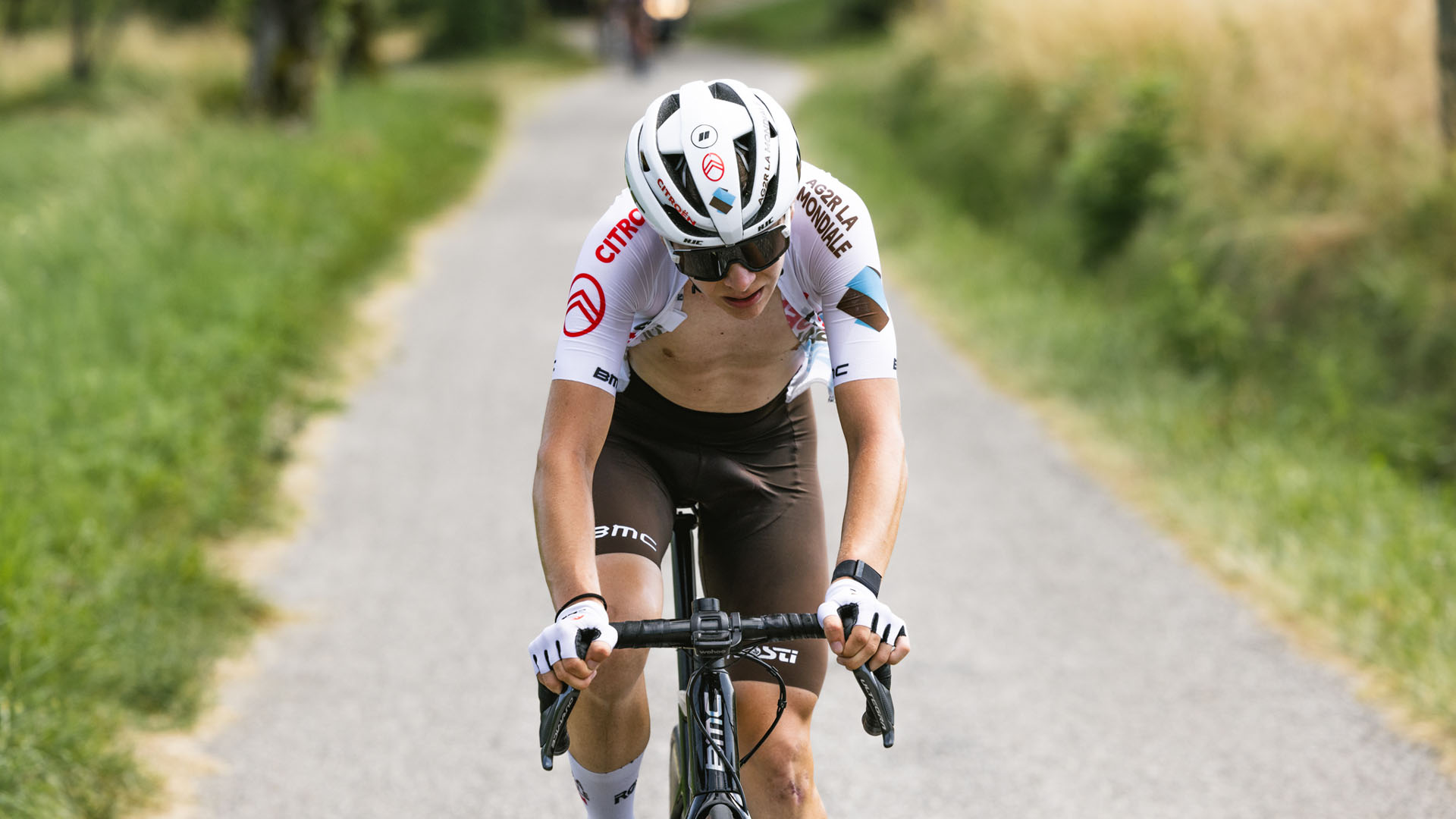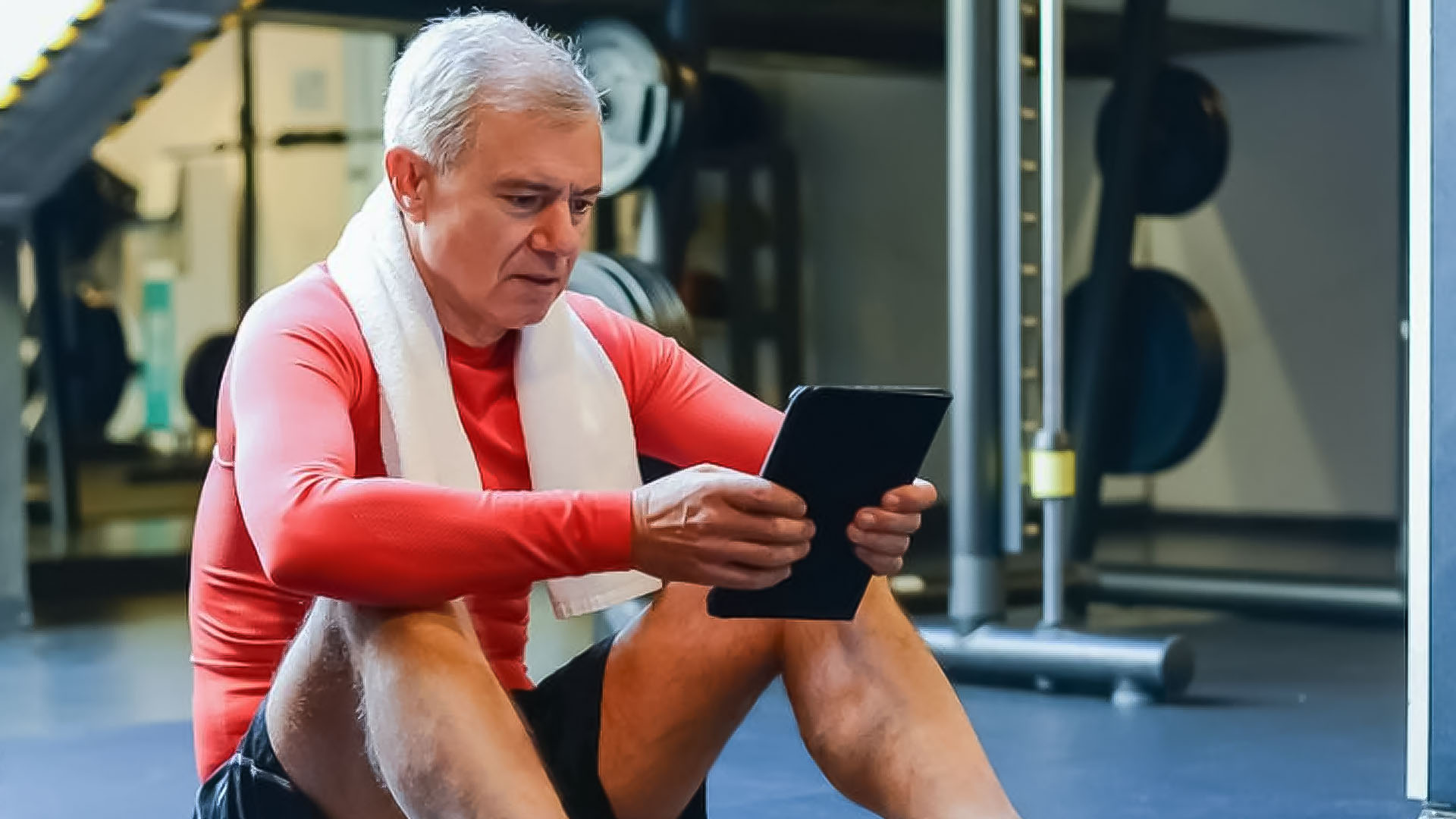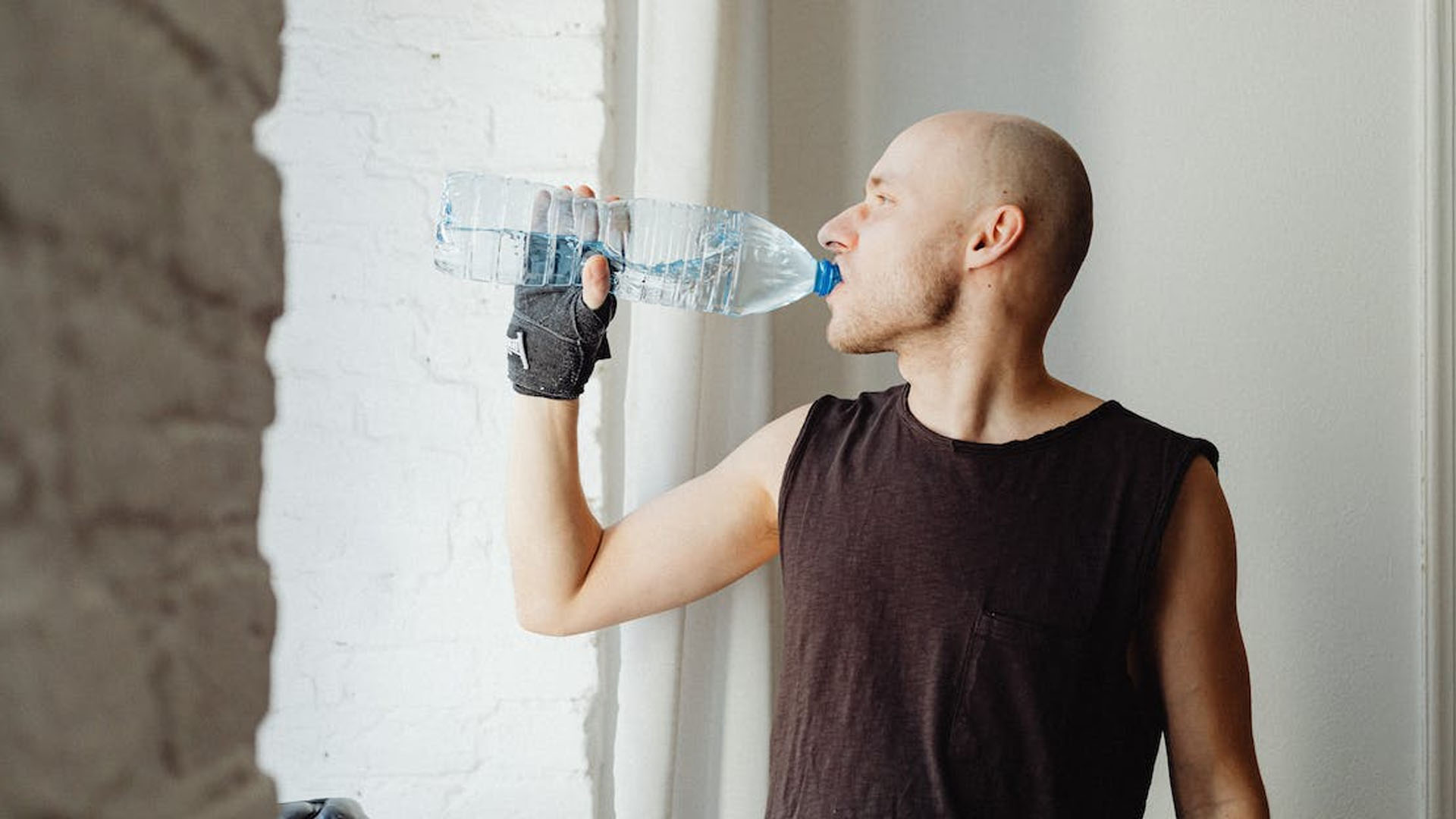Coach Corner: Crack the code of VO2max (part 2)

read
In my EXR Blog article last month, I explained the word VO2max — a term that describes the maximum volume of oxygen an athlete can absorb. Additionally, I briefly introduced the positive effect of a big hemoglobin mass and a high number of mitochondria on your performance. As you recall, it’s quite simple: the bigger the hemoglobin mass and greater the density of efficient mitochondria, the better your VO2max. And with great VO2max values, you’re a big step closer to reaching peak performances. Read on to learn about specific workouts that help you boost your VO2max!
4. Choose your training weapon: SIT, MICT and HIT
There are various types of workouts to improve your VO2max depending on what variables you’d like to tackle: your hemoglobin mass or your number and quality of mitochondria. By the way, this applies to all kinds of VO2max training, no matter if you’re a rower or a cyclist, for example!
I have 3 training weapons that I employ when pushing you to new heights. They are called Sprint Interval Training (SIT), Medium Intensity Continuous Training (MICT) also known as Moderate Intensity Training, and High-Intensity Training (HIT). Let’s talk about them ranking from the shortest to the longest duration.

Firstly, Sprint Interval Training improves the quality of your mitochondria. That’s because this kind of workout causes larger mitochondria to split into smaller and more efficient mitochondria. When doing SITs, I challenge you to add a few short, all-out sprints (6-8 seconds) to your regular workout. You can apply this method to your endurance training or as a warm-up for a HIT session. If you’re up for extraordinary sessions, you could even do entire workouts focused on sprints. Translated to a rowing workout, this means that every sprint is followed by 5 minutes of rowing at a convenient pace to catch a breath.
Secondly, by performing Medium Intensity Continuous Training, the volume of your mitochondria increases. Professional endurance athletes do MICTs about 95% of the time. When doing MICTs, the goal is to train for a long time in an extensive zone in relation to your aerobic threshold. In EXR, you can find MICT workouts in the Aerobic Workout category.
Lastly, we come to workouts at high intensity. For me, they’re the most important training in the field of VO2max. With High-Intensity Training, you get the best of both worlds. As a result of HIT, the volume of the mitochondria increases and the efficiency of the mitochondria increases. In EXR, you can find my HIT workouts in the Lunch Break, Time to Burn and Race Preparation categories.
Based on research by Dr. Olbrecht, I start with Aerobic Capacity workouts to prepare my athletes for HITs. First, we increase their aerobic capacities to later fine-tune them shortly before the competition with HIT short, HIT long and threshold training using EXR’s Aerobic Power workouts 1-3. For optimal results, I advise you to perform a HIT session 2 times a week.
To mix things up, I usually combine short HIT and long HIT workouts. Personally, I find the shorter HIT training sessions more interesting for rowers because you get used to the 2K pace. Moreover, according to leading scientists, these workouts are also more efficient than long HIT training sessions. Always keep in mind to train sufficiently to overcome your limits, mindfully to prevent injuries and extensively to book progress.
5. Pro level: altitude and heat training
A good trainer is not only concerned with the structure of your workouts but also manages to mix up your training environment. Every piece of this big puzzle called training helps your body become stronger. For the ultimate fitness boost, professional athletes endure altitude and heat training sessions under the close supervision of their coaches and doctors.
A stay at altitude causes the hemoglobin mass to increase because your body is craving the same amount of oxygen as it does in an oxygen-rich environment. Once your body has adapted to the relative lack of oxygen and your hemoglobin mass is heightened, your body can absorb oxygen better. But don’t overdo it! If you train too hard and too often at an altitude camp or if your iron supplementation gets unbalanced, you won’t experience any benefits or even suffer from a negative training effect. That’s why I advise you to not do any intensity workouts during the first week at altitude and not to go crazy with the training volume. It’s crucial to monitor your oxygen saturation and sleep closely to know how your body adapts to altitude.

Training camps at altitude are an expensive endeavor which makes them unavailable to many. A more accessible alternative is heat training. You can practice heat training in a heat chamber or by wearing a heat suit. I’m a practical guy, so I have some of my professional duathletes and cyclists work out 5 times a week with long pants and raingear. And that at 50% FTP for 50 minutes on the rollers. In other words, for someone with an FTP output of 300W, that’d be a sustained output of 150W over almost an hour. Physically, this isn’t hard to manage, but mentally it really takes fortitude to succeed. To pull through this routine, I must ensure that my athletes understand the great benefits of this routine. Otherwise, they’d go crazy with this kind of funny-looking but super-intense training.
When doing heat training, you sweat a lot, resulting in a loss of moisture. To stay fit and healthy, it’s important that you drink enough. And with enough, I mean 1.5 times as much as you sweat out. This counteracts the loss of moisture and stimulates the production of blood plasma.

Because you suddenly have more plasma in your body, your ratio of red blood cells compared to blood plasma becomes disproportionate. Your body wants to have its natural balance back and reacts by amplifying your hemoglobin mass. After about 5 weeks, the heat training results in an increase in both blood plasma and hemoglobin mass, boosting your VO2max. This will show in your 2k time.
6. Conclusion: All it takes to improve your VO2max
There are many factors influencing your VO2max and there are various options to train it. Generally speaking, a balanced workout plan where you train extensively 95% of the time and perform HITs 5% of the time will boost your VO2max. Don't forget to add short sprints to your workouts every now and then. For professional athletes, I recommend supervised altitude and heat training for ultimate VO2max results.
To train your VO2max on your rowing machine, I advise you to go to EXR’s training mode and follow the workouts listed under Aerobic Workouts, Lunch Break, Time to Burn and Race Preparation.
Want to know more about my work as a coach? Follow me on Instagram!
Sources:
- Rosenblat, M. A., Granata, C., & Thomas, S. G. (2022). Effect of Interval Training on the Factors Influencing Maximal Oxygen Consumption: A Systematic Review and Meta-Analysis. Sports medicine (Auckland, N.Z.), 52(6), 1329–1352. https://doi.org/10.1007/s40279-021-01624-5
- Rønnestad, B. R., Hansen, J., Vegge, G., Tønnessen, E., & Slettaløkken, G. (2015). Short intervals induce superior training adaptations compared with long intervals in cyclists - an effort-matched approach. Scandinavian journal of medicine & science in sports, 25(2), 143–151. https://doi.org/10.1111/sms.12165
- Rønnestad, B. R., Urianstad, T., Hamarsland, H., Hansen, J., Nygaard, H., Ellefsen, S., Hammarström, D., & Lundby, C. (2022). Heat Training Efficiently Increases and Maintains Hemoglobin Mass and Temperate Endurance Performance in Elite Cyclists. Medicine and science in sports and exercise, 54(9), 1515–1526. https://doi.org/10.1249/MSS.0000000000002928
